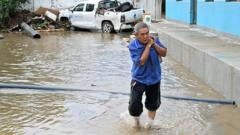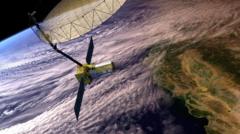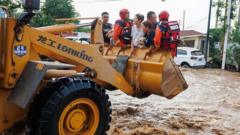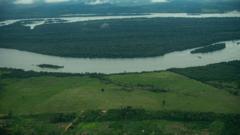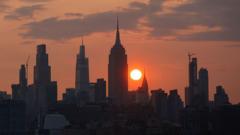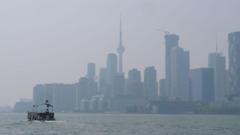As global temperatures rise, the frequency and severity of turbulence in air travel are expected to increase, raising safety concerns among passengers. This article examines the science behind turbulence, its correlation with climate change, and efforts by airlines to mitigate risks.
Increasing Turbulence in Air Travel: Causes and Consequences
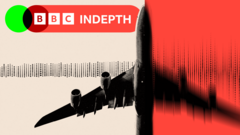
Increasing Turbulence in Air Travel: Causes and Consequences
A detailed analysis of the rise in turbulence during flights, linking it to climate change, and exploring the implications for passengers and airlines.
Air travel is facing a new challenge as reports reveal a noticeable increase in both the frequency and severity of turbulence events. Passengers such as Andrew Davies experienced terrifying episodes of sudden turbulence, likening their experiences to rollercoaster rides. Despite turbulence-related deaths being rare, injuries remain a significant concern, with 207 severe injuries linked to turbulence in the U.S. since 2009, according to the National Transportation Safety Board.
Experts suggest that climate change, through alterations in atmospheric conditions and temperature fluctuations, may significantly amplify turbulence in the coming decades. Professor Paul Williams of the University of Reading predicts that the current levels of severe turbulence could double or triple over time. The areas most affected include well-traveled routes such as the North Atlantic, where a 55% rise in severe turbulence incidents has been recorded over the past 40 years.
Turbulence, which is classified as severe when it exerts more than 1.5 g-force on the body, can occur due to three main factors: convective turbulence (associated with thunderstorms), orographic turbulence (related to mountainous regions), and clear-air turbulence (changes in wind speed and direction). The latter is particularly concerning for pilots as it is often unpredictable and invisible.
Climate change plays a key role in increasing turbulence, with warmer air containing more moisture, intensifying thunderstorms, and thereby enhancing convective turbulence. Clear-air turbulence is also increasing, attributed to a stronger jet stream influenced by regional temperature variations. With the anticipated rise in turbulence incidents, passengers express concerns regarding their safety during flights. A survey indicated that over 20% of UK adults admitted to fearing flying, which could intensify as turbulence occurrences rise.
To mitigate risks, airlines are employing various strategies. For instance, Southwest Airlines has adapted cabin service practices to ensure passengers remain buckled up during turbulence. Furthermore, advancements in technology allow for better forecasting of turbulence, with current predictions achieving approximately 75% accuracy, a significant improvement from 60% two decades ago.
Innovative solutions are also underway. Startups such as Turbulence Solutions are working on technologies to detect and counteract turbulence in light aircraft. This includes a turbulence-cancelling system that adjusts wing flaps in real-time to neutralize the effects of turbulent air. Although these technologies are not expected to be incorporated into larger commercial jets anytime soon, they signal a proactive approach to addressing turbulence-related challenges.
Despite the growing concerns over turbulence, aviation experts maintain that aircraft are designed to withstand turbulent conditions, reducing the likelihood of catastrophic incidents. However, as flights may experience more turbulence, passengers may find themselves seated with seat belts fastened more frequently, prompting changes in comfort and familiarity with air travel.
Andrew Davies and fellow passengers emphasize the importance of remaining aware of turbulence risks, balancing worry with the measures in place to ensure safety during flights. As conditions evolve, understanding the relationship between climate change and turbulence will become increasingly imperative for both airlines and travelers alike.

